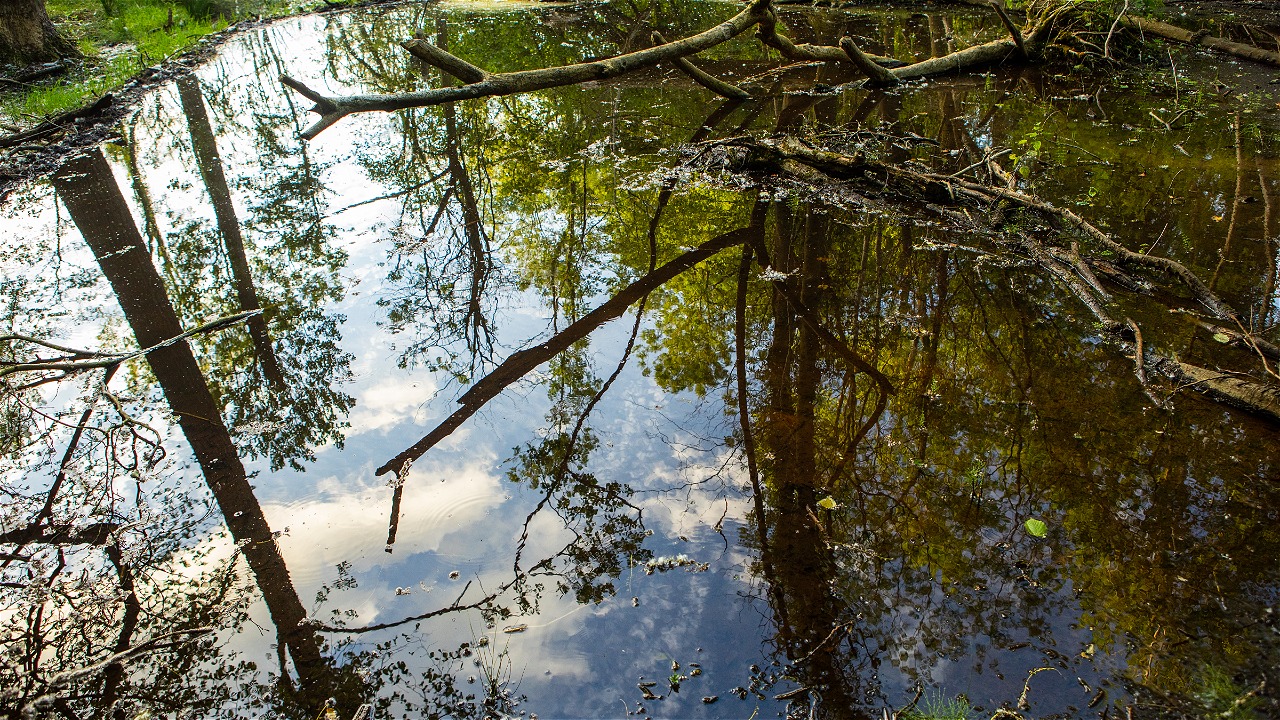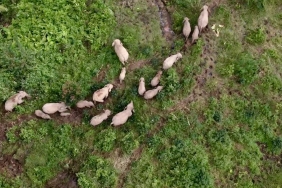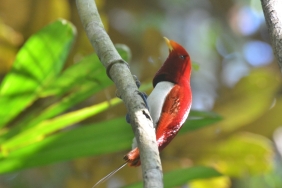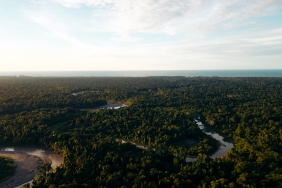FLOODS THAT BRING BLESSINGS
Eight men and two women discuss while preparing to board a speedboat in the Ancol area, on the banks of the Batang Hari River, Jambi City. The ten people were me, MCAI Chief of Party (COP) Bona Siahaan, (MCAI staff), Sigit Ariyanto (WWF Rimba Project Implementation Coordinator), Dudi Rufendi (Expert Staff from WWF Indonesia), Oki Hardian and Zainuddin (WWF Indonesia), Wita Chrisanti, Ridwan, Gofur and Desri Edwin (team from MCAI).
We headed to an isolated village, Manis Mato Village, Taman Rajo Sub-district, Muaro Jambi Regency, which took one hour by speedboat. If you use a regular boat (read; pompong), then the trip will take more than 3 hours and pass through several areas that are being flooded by the overflowing Batang Hari river.
The speedboat twists and turns, dancing on the small waves of the Batang Hari river, which is 800 km long from upstream to downstream. Along the way, there are so many large transport ships that are doing activities. From transporting CPO, coal to river sand. The scenery of traditional fishers is also scattered decorating the river beach seedlings. Some are fishing, netting or also spreading bubu to catch fish. Even many are bathing or washing.
Our arrival in Manis Mato Village was welcomed by two young people dressed as civil servants (PNS) who are the Chairman and members of the Manis Mato Village BPD. The majority of the villagers are river and swamp fishermen. Only a few of the villagers cultivate rice, rubber and palm oil. "After all, there is little land that can be used as gardens or fields," added Junaidi, the head of Manis Mato Village Administration.
"One of the biggest problems in this village is the boundaries," said Vice Chairman of the BPD Manis Mato Village, Hermansyah in a discussion and hospitality with the WWF ID RIMBA Team and the MCAI team.
According to Hermansyah, during the dry season, Manis Mato Village will be affected by peatland fires because most of their village area is a flammable peat area. On the other hand, part of their land borders the Londerang protected forest area and the Industrial Plantation Forest (HTI) plantation area of a large domestic company. The company has built many small canals that drain into the Batang Hari River. This is why the peatland has been burning since the 2000s.
Unlike the dry season, the arrival of the rainy season followed by seasonal floods is a blessing from God Almighty for residents on the banks of the Batang Hari River. River and swamp products will be abundant even though their homes and yards must be flooded for days and even months.
"I once managed the catch of the community here up to 8 tons of salted river fish every week. Even for the eel species, I once got 1 ton per day. I sent all of the fish to Palembang," said Londerang Village Chief Jauhari.
Rondang Village Secretary Budi revealed that social activities also did not stop even though the flood level due to river overflow reached 1 or 2 meters from the ground. The man who also works as an honorary teacher at Rondang Village One Roof Elementary School said that teaching and learning activities did not stop except for students in grades 1-3.
"Here, the only problem is the dry season, which results in peatland fires and boundaries. But during the rainy season it is a blessing for the residents, even though floods inundate their settlements and some of their fields," said Budi.
That is why they really hope that the issue of boundaries and management of peat forest areas can be realized by considering spatial planning and land use that is also oriented towards the economic conditions of the community. If not, the community will only be victimized continuously. (wwfid/darma lubis)





